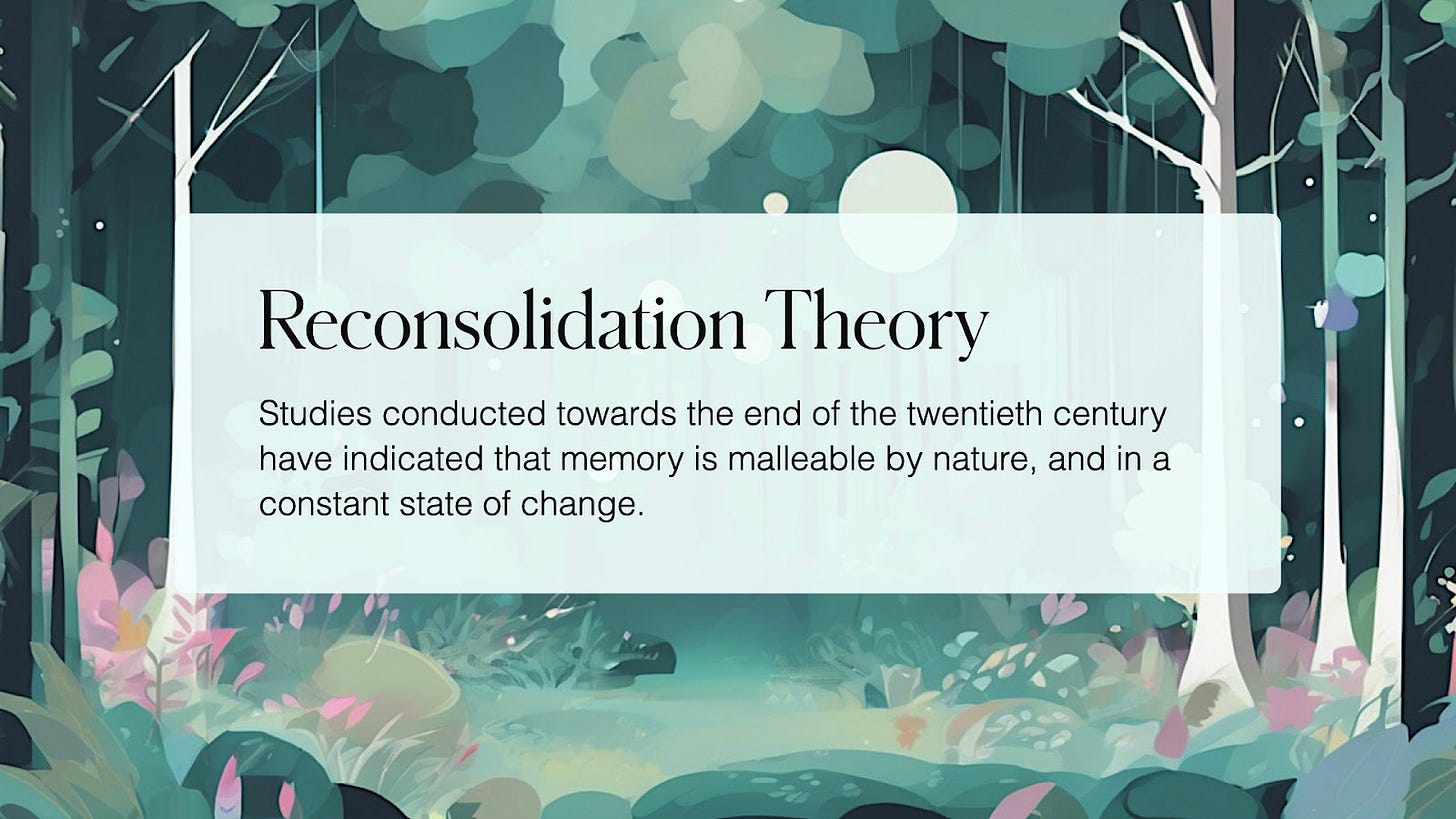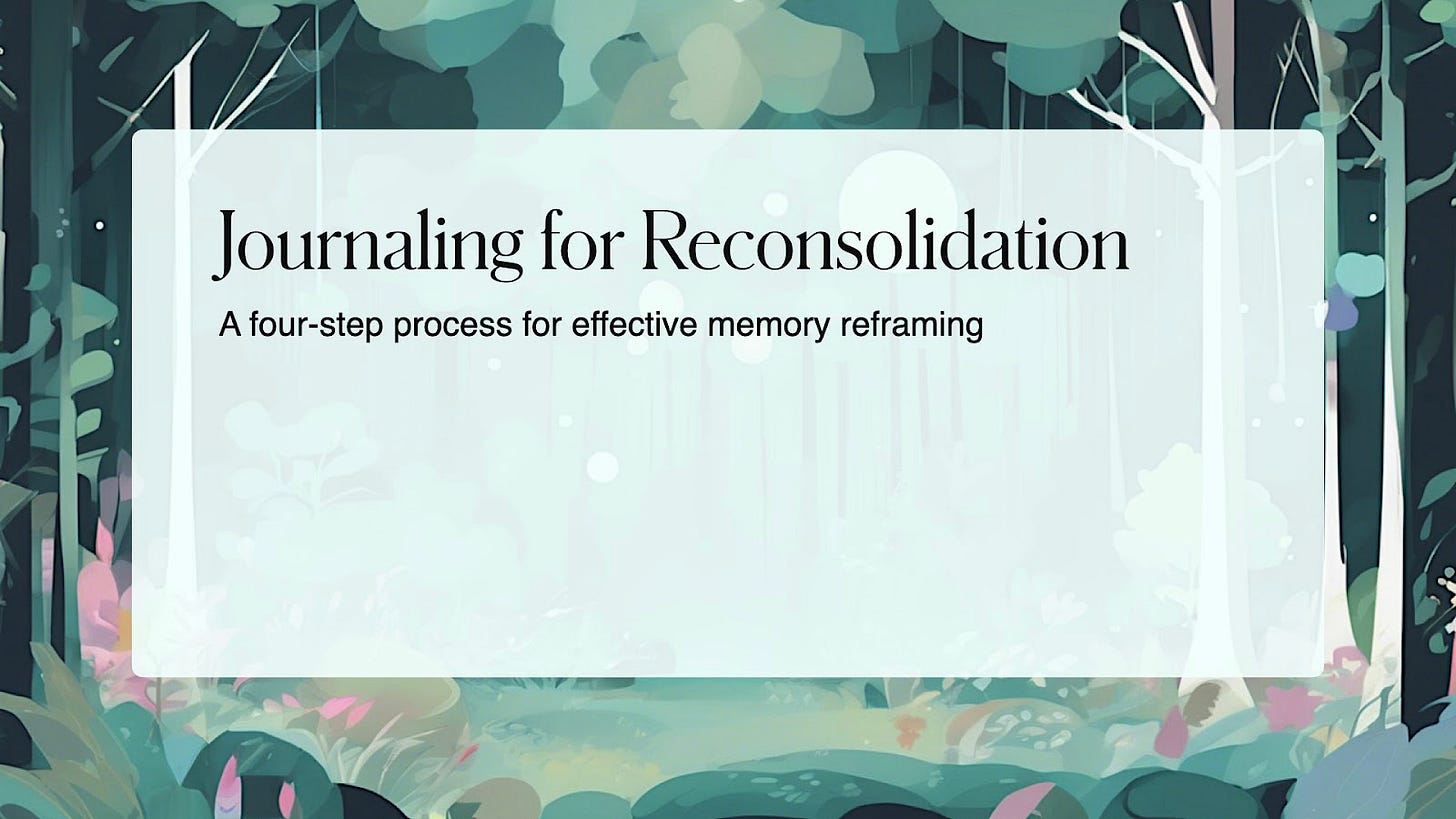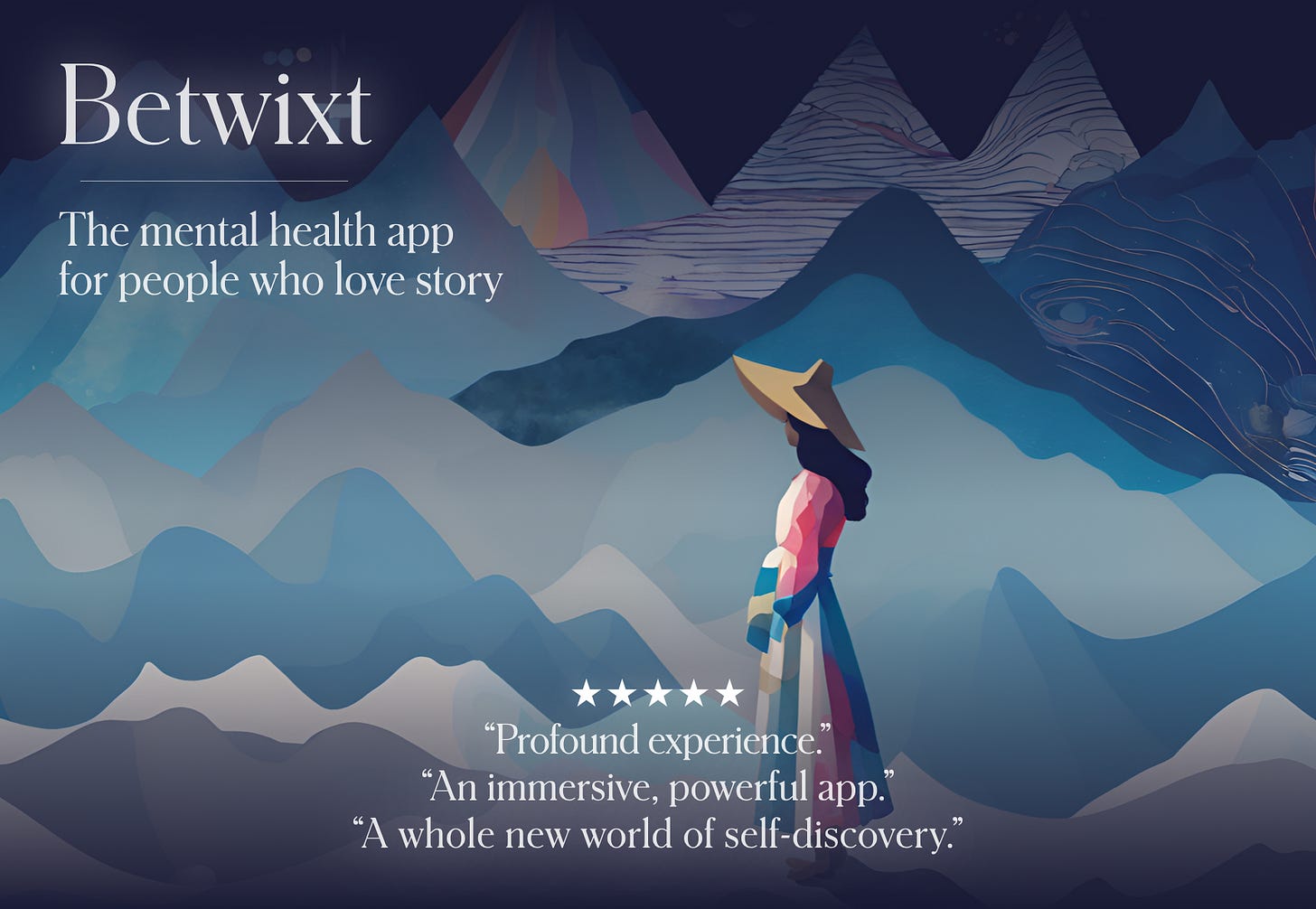The Science of Memory: Why your past isn’t set in stone
Did you know your mind has a remarkable (but hidden) ability to bend reality?
Do you struggle with painful or embarrassing memories that play on your mind and affect your confidence? Most of us are. But what if I told you your brain is already rewriting your past experiences, whether you realise it or not? And that you can use that process to heal and build self-connection instead?
The truth is that memory is much more flexible than it might seem. Even our most crystal clear recollections – like the memories we have of big events in our lives or international disasters, otherwise known as "flashbulb memories" – are not set in stone.
In 1986, researchers interviewed people on the day after the explosion of the Challenger space shuttle. Details recorded included how the interviewees heard the news, how they felt about it and what they had been doing at the moment they learned of the disaster. However, when those same people were interviewed again two and a half years later, a quarter of them had misremembered every single detail and not a single person told consistent stories in the two interviews.
I don’t know about you, but that fact blew my mind. Of course, the very first thing that I did was call my mum to say, “Hey, you remember when we heard about 9/11? Do you remember me coming out into the garden to tell you the news?” “No,” she replied, “I was ironing when I heard about 9/11.” Damn it!
Reconsolidation Theory
This may not only be true of flashbulb memories.
Some groundbreaking studies made towards the end of the twentieth century have indicated that memory is malleable by nature, and in a constant state of change.
Initially, the understanding was that once a memory had passed through the temporary archives, our original record of that event would be preserved as a permanent physical imprint in the neocortex (the outer part of the brain). Imagine a family photo album collecting dust in the attic. The thinking was that memories were like the photos in that album. Each time we decided to bring it down and reminisce, the photos would look the same (if a little faded).
However, Reconsolidation Theory, which resulted from a neuroscience study conducted in 2000, suggested that the very act of recalling a memory renders it unstable, and that this instability means that memories can be updated automatically to accommodate new information. So, rather than flicking through an old photo album, the act of recollection appears to be more like retrieving image files from a computer hard drive, editing them in Photoshop, and then saving them over the originals.
The implications
“The reality of cognitive function is that memories are altered every day when we learn, and every time we remember. In a sense, therapy is a way of rerouting memories, by interpreting them differently.”
— Joseph E. LeDoux, ‘Manipulating Memory’
As frightening as it might at first seem, this discovery could be wonderful news for people with mental health issues like anxiety, phobias and post-traumatic stress disorder (PTSD) because it means that rather than just coping with the stress triggered by reminders of past trauma, those traumatic imprints themselves could be available for a rewrite.
However, memory reconsolidation needn’t only benefit those affected by serious upheaval. We don’t have to be standing in the middle of the road looking at an oncoming bus to experience fear; human beings can learn to be afraid of pretty much anything. If Reconsolidation Theory holds true, then we should be able to unlearn our unnecessary fears by reconsolidating some useful and positive information into our formative memories.
How can you use this?
I used techniques to help with memory reconsolidation with my clients when I was practising as a therapist, and believe me, they can be so transformative. Because of their power, we of course integrated these processes into Betwixt, the fantasy mental health app my team and I launched in 2024.
You can also do this work for yourself, without our app, by journaling about (or simply thinking through) a past experience that causes you problems. This could be something that replays in your mind, keeping you awake at night; something you believe could lie at the root of a mild phobia or aversion; or anything that makes you feel bad about yourself, such as a failed exam, shameful mistake, or a particularly nasty insult.
Before I tell you how to do this, please bear in mind that journaling about trauma or other deeply emotional experiences can be challenging. If you want to address something but don't feel safe to do so on your own, please seek the help of a trained professional.
Journaling for memory reframing
Okay, with that said, here's how to use journaling to begin the work of memory reframing in four simple steps:
STEP 1: Pick a single memory and consider the message it conveys
Step one: Identify a memory to work on. As mentioned, I suggest you keep this manageable, especially for your first session. Pick something like a moment of mild embarrassment or a minor failure.
Once you have it, consider the message this memory conveys. Why is this a negative memory for you? What does it make you feel or believe about yourself, or about the world around you?
Negative memories bear negative messages. They narrate stories of pain and failure in our minds – stories such as "I'm a bad person," "I'm stupid," or "other people are dangerous". The point of memory reframing is to start telling better, more productive, realistic and self-accepting stories, so don't dwell on the negative message. Just get a sense of it before moving on.
STEP 2: View this event from an objective perspective (self-distance)
Step two is to self-distance. In order to rewrite an old memory, you need to avoid getting drawn back into the thoughts and feelings of the time, because if you do that, you may simply re-experience the event rather than reframe it.
There are many ways to self-distance and I've made videos about the variations before so here I'm going to share my favourite simple method.
Imagine that you can view your memory as if through the eyes of an objective (preferably compassionate and wise) observer. To do this, you must step out of the first-person perspective – step out of your body and mind and assume the position of someone else. If you don't like the idea of a stranger viewing your past self, you could see it through the eyes of a loved one, or your future self, or even a beloved pet or toy. The most important thing is that you step out of your old self and see the situation afresh.
STEP 3: Journal from this perspective
Once you've done that, journal about the event from this angle (or, if you are doing this in your head, you can use your inner monologue here. I will say, though, it's easier on paper).
Start by describing, in simple terms, what's happening. Then, go into more detail about what you can see your remembered self thinking, feeling and doing in response to the event. Write about the conclusions your remembered self is coming to as a result of this experience and consider these in a more objective way.
A note: if your memory involves another person's actions, you can view them from this objective angle too, but I'd avoid spending too much time thinking about them. And I'd definitely caution against describing their actions, thoughts or feelings in detail as this may draw you back into the original story.
STEP 4: Tell a better story
Once you feel you've covered this distanced perspective, you can move onto the final step, which is to condense the wisdom and compassion of this new take into one simple healing message. This message is, obviously, a counter for the negative message you landed on in step one. It's a better story to tell.
There are no rules for how this message should go, but you want it to capture the essence of your reframe, and it will likely be most effective when it comes from a place of love and acceptance rather than logic alone.
For example, if you're focusing on an argument with an ex in which they said something that made you feel worthless (the original story), your reframed message may sound something like this:
Those old words say more about your ex than you. You are valuable and important regardless of their pain.
Notice that this message is in the second person. I said "you are valuable" not "I am valuable", and you should do the same with your message. Speak to your past self not as them. This will keep you in a self-distanced position.
Live your better story
That's it, really. Once you have this better story, all that's left to do is to program it in – by which I basically mean revisit it repeatedly – until it starts to feel true. Write it down, stick it in a daily alarm or reminder on your phone, say it to yourself last thing at night so it's on your mind as you sleep… and, most importantly, see if you can start acting as if it's true before it starts to feel that way.
References
Neisser U, Harsch N. Phantom flashbulbs: False recollections of hearing the news about Challenger. In: Winograd E, Neisser U, eds. Affect and Accuracy in Recall: Studies of “Flashbulb” Memories. Emory Symposia in Cognition. Cambridge University Press; 1992:9-31.
Thank you for reading!
We’re Hazel (ex boxer, therapist and author) and Ellie (ex psychology science writer). We left our jobs to build an interactive narrative app for self-awareness and emotion regulation (Betwixt), which you can try on Android here and on iOS here.








This was full of important wisdom and it makes me think of how our "strengths and weaknesses are branches of the same tree"...loved this especially below and thank you Hazel! We are creatures of habit and those habits can be changed. <3
"Once you have this better story, all that's left to do is to program it in – by which I basically mean revisit it repeatedly – until it starts to feel true."
Your newsletter is one of my favourite to read!